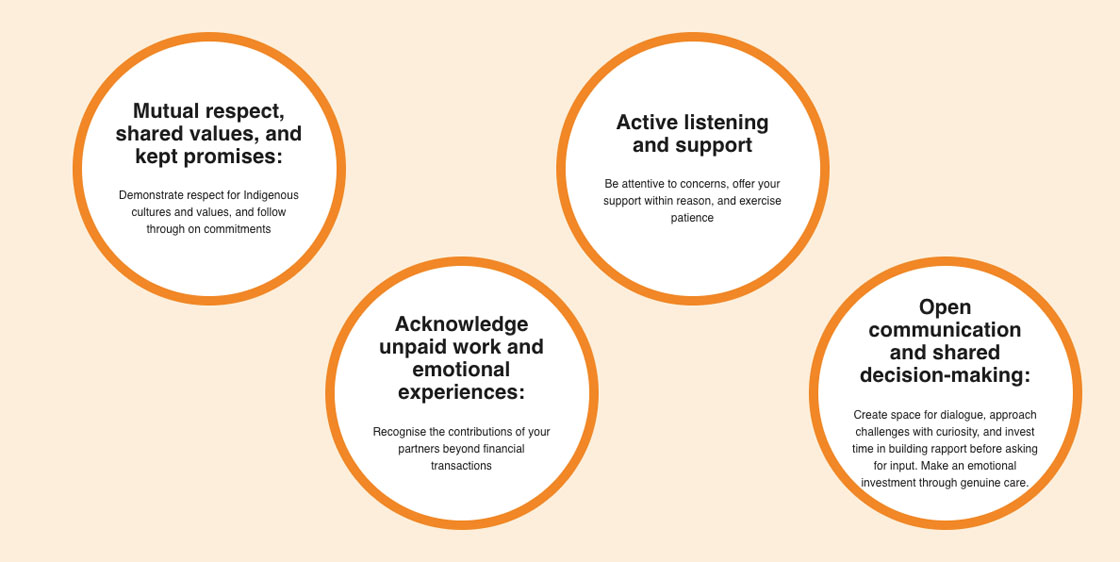Grow to your fullest potential by becoming an Authorised Representative
Dynamic Insurance Services provides IT support and WinBEAT/Sunrise broking software, compliance, audits, Steadfast and NIBA memberships, marketing tools, business development support and guidance/mentorship, so that you can focus on the relationships that matter the most: your clients and your family.

What is a General Insurance Authorised Representative?
A General Insurance Authorised Representative (AR) is an individual or business authorised by a licensed Australian Financial Services (AFS) provider to provide financial product advice and services under the AFS licensee’s supervision. This allows them to offer general insurance products such as business/commercial, home, motor vehicle and travel without holding an AFS license themselves.
At Dynamic Insurance Services, we specialise in supporting General Insurance Authorised Representatives by offering flexible opportunities to build their own business, while benefiting from our expertise, resources, and backing as an AFS licensee.
How Does it Work?
An AFS licensee, is legally responsible for the actions of the Authorised Representative. This arrangement provides a streamlined pathway for insurance broking professionals who wish to offer insurance solutions without the complexities and costs of obtaining their own AFS license.
Key Responsibilities of a General Insurance Authorised Representative (AR)
As an Authorised Representative (AR), your role is vital in helping clients navigate the often complex world of insurance. Here are the primary tasks and responsibilities you will undertake:
- Providing Insurance Advice
Offering expert advice to clients on various general insurance products and services, ensuring they are well-informed and can make the best decisions for their needs. - Assessing Clients’ Needs and Identifying Suitable Insurance Cover
Conducting thorough assessments of clients’ individual or business insurance needs to recommend the most appropriate coverage. - Researching Policies and Negotiating with Insurance Companies
Researching a wide range of insurance policies and negotiating with insurers on behalf of your clients to secure the best possible terms and coverage options. - Arranging Comprehensive Insurance Coverage
Assisting clients in selecting and arranging comprehensive insurance policies that meet their specific needs, from personal to commercial insurance solutions. - Ensuring Clients Understand the Terms of Their Cover
Clearly explaining policy details, terms, conditions, exclusions, and any other relevant aspects to ensure clients fully understand the protection they are receiving. - Supporting Clients in Dealing with Claims
Guiding clients through the claims process, providing support from start to finish to ensure claims are handled promptly and fairly, and liaising with insurers to achieve the best outcomes. - Maintaining Compliance with Industry Regulations
Ensuring that all activities are conducted in line with legal, regulatory, and compliance requirements, as set out by the Australian Financial Services (AFS) licensee, Dynamic Insurance Services. - Building and Managing Client Relationships
Cultivating strong, long-lasting relationships with clients by delivering high-quality service, understanding their evolving needs, and providing ongoing support and advice. - Keeping Up-to-Date with Market Trends and Products
Staying informed on industry trends, new insurance products, and regulatory changes to provide current and relevant advice to clients. - Record-Keeping and Documentation
Managing accurate and detailed records of all client interactions, policy renewals, and claims support to ensure compliance and accountability in all dealings. - Developing and Growing Your Business
As an Authorised Representative, you will also be responsible for growing your client base, managing your business operations, and ensuring you deliver high standards of service, all while having the support of Dynamic Insurance Services.
Benefits of Becoming an Authorised Representative with Dynamic Insurance Services
- Low Overheads & Fair Commissions
As a General Insurance AR with Dynamic Insurance Services, you benefit from our unique business model, which includes low commission structures and minimal onboarding costs. This allows you to focus on growing your client base while offering top-tier insurance solutions.
- Compliance & Regulatory Support
We handle the complex regulatory and compliance requirements so you can operate confidently. From maintaining necessary licenses to staying up-to-date with industry changes, our team ensures that you remain fully compliant, allowing you to focus on delivering value to your clients.
- Comprehensive Training & Mentorship
Our dedication to empowering insurance professionals is central to our mission. We provide comprehensive training, mentorship, and resources, enabling you to excel as an Authorised Representative. Whether you’re new to the industry or looking to expand, we are here to support your growth and success.
- Access to Leading Insurance Products
Through Dynamic Insurance Services, you gain access to a wide range of general insurance products tailored to meet the needs of diverse clients. Our partnerships with leading insurers ensure that you’re always offering competitive, high-quality insurance solutions.
- Membership with the Steadfast Group
Dynamic Insurance Services is a proud member of the Steadfast Group, Australasia’s largest general insurance broker network. This membership gives you access to an extensive range of high-quality insurance products and exclusive benefits. As a Steadfast member, we can offer:
- Competitive insurance solutions tailored to meet diverse client needs
- Enhanced negotiating power with insurers, ensuring more favourable terms and rates for your clients
- Cutting-edge technology, services, and tools to streamline your business operations
- Access to risk management and claims support from industry experts
6. Steadfast Group’s Strength & Stability
As part of the Steadfast Group, Dynamic Insurance Services is backed by a network with a proven track record of success and stability. This partnership ensures that our Authorised Representatives benefit from the strength and influence of a market leader in the insurance industry. You’ll enjoy:
- Security in offering reliable, well-vetted insurance solutions to your clients
- Access to a wealth of industry knowledge and ongoing support from a group of over 500 brokerages across Australia and New Zealand
- Assurance that you are part of a group committed to continuous improvement, innovation, and the highest standards of client care
Who Can Become an Authorised Representative?
If you are a driven insurance professional or someone looking to break into the insurance industry, becoming an AR can be the perfect path to success. Whether you’re an independent broker, a small business owner, or looking to expand your service offerings, this opportunity can provide the flexibility, autonomy, and support you need.
Why Choose Dynamic Insurance Services?
With over 25 years of industry experience and a commitment to fostering diversity and inclusion in the insurance sector, Dynamic Insurance Services stands out as a leading AFS licensee. Our personalised approach, extensive industry knowledge, and client-centric focus set us apart. As one of the few female-led general insurance licensees in Australia, we understand the importance of mentorship and support, particularly for female brokers looking to advance their careers.
Start Your Journey as an Authorised Representative Today
Becoming a General Insurance Authorised Representative with Dynamic Insurance Services is more than just a career choice – it’s an opportunity to partner with a respected, forward-thinking AFS licensee committed to your success. Take the next step towards financial freedom, flexibility, and growth by joining our network of empowered insurance professionals.
Contact Us
Ready to learn more? Contact Dynamic Insurance Services today to explore how becoming an Authorised Representative can elevate your career in the insurance broking industry.












